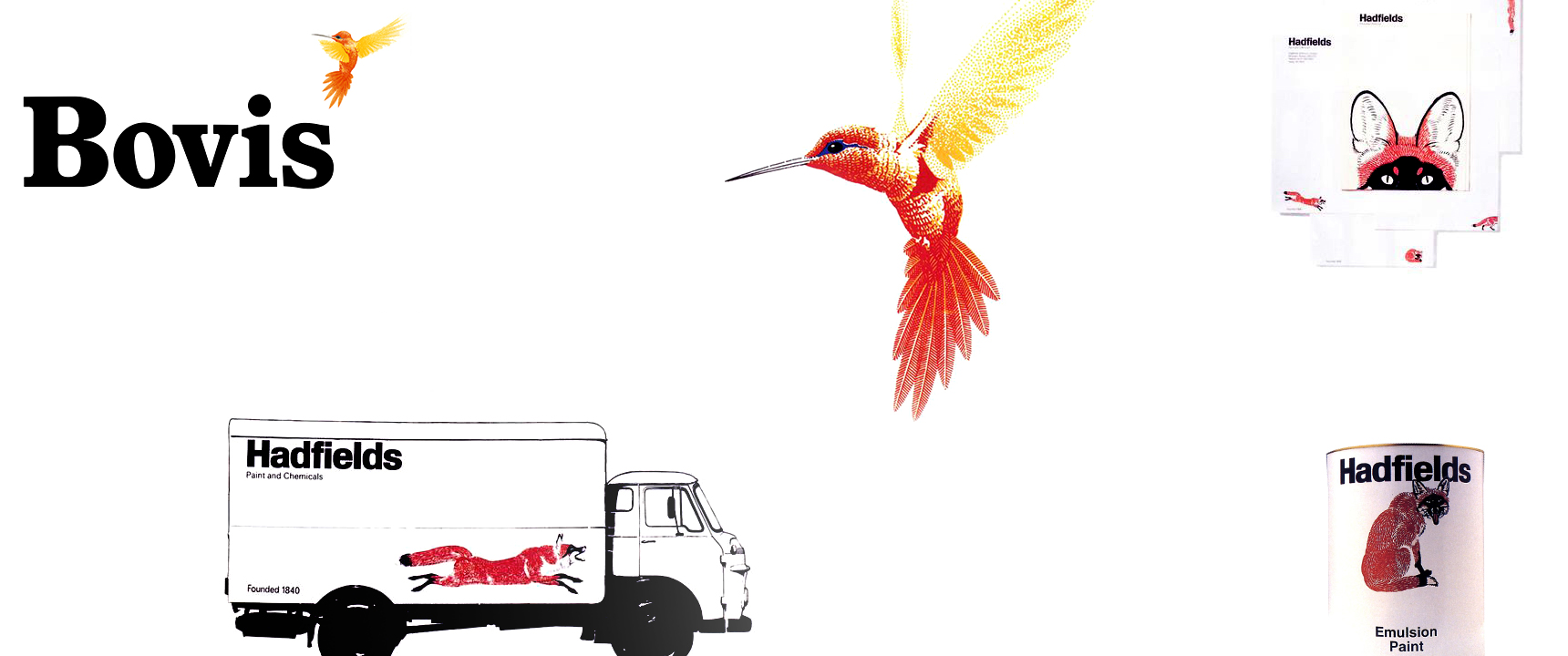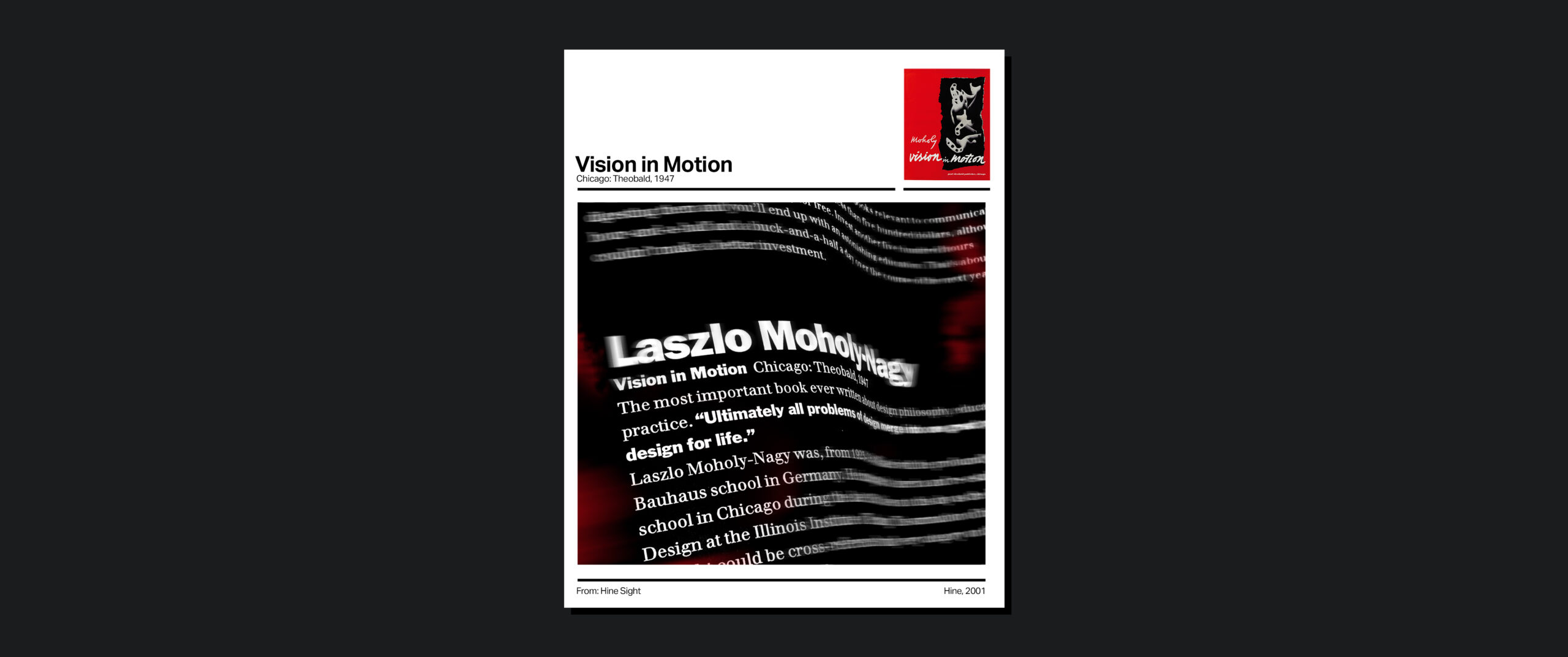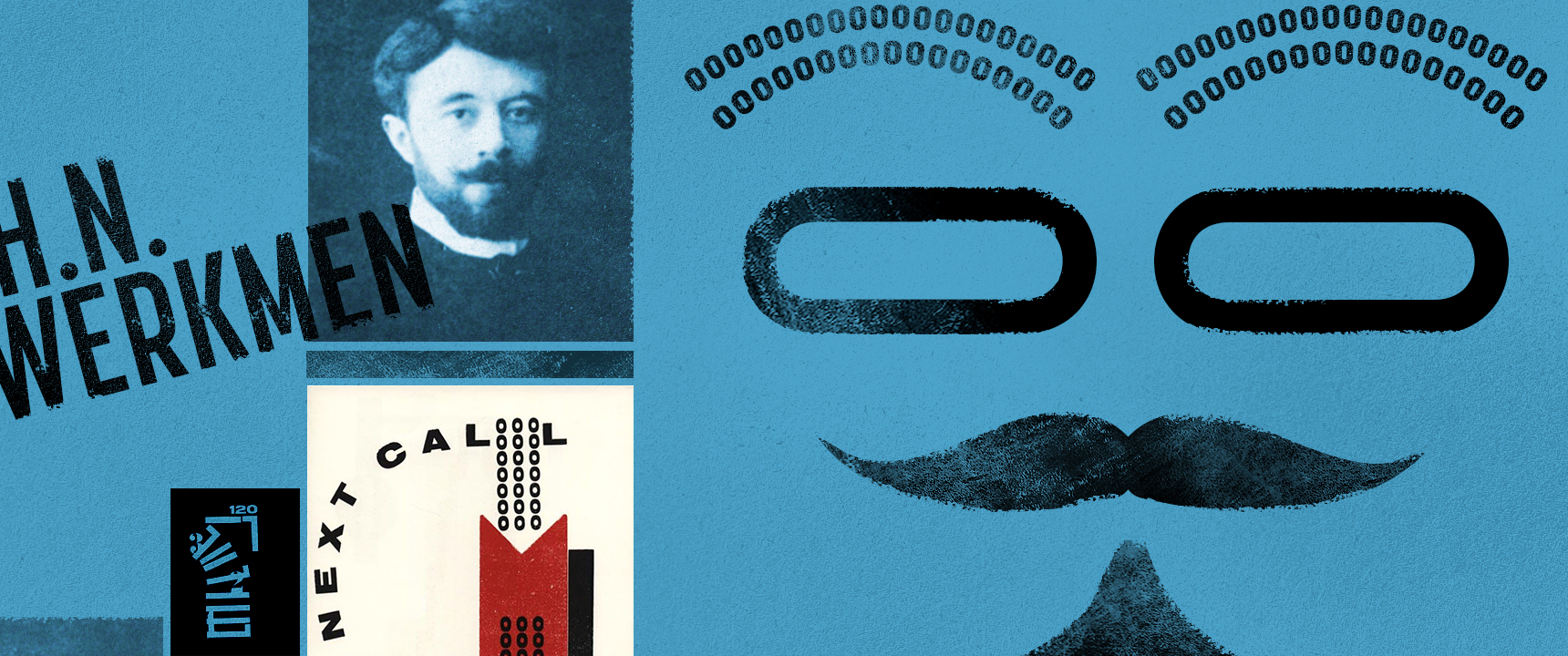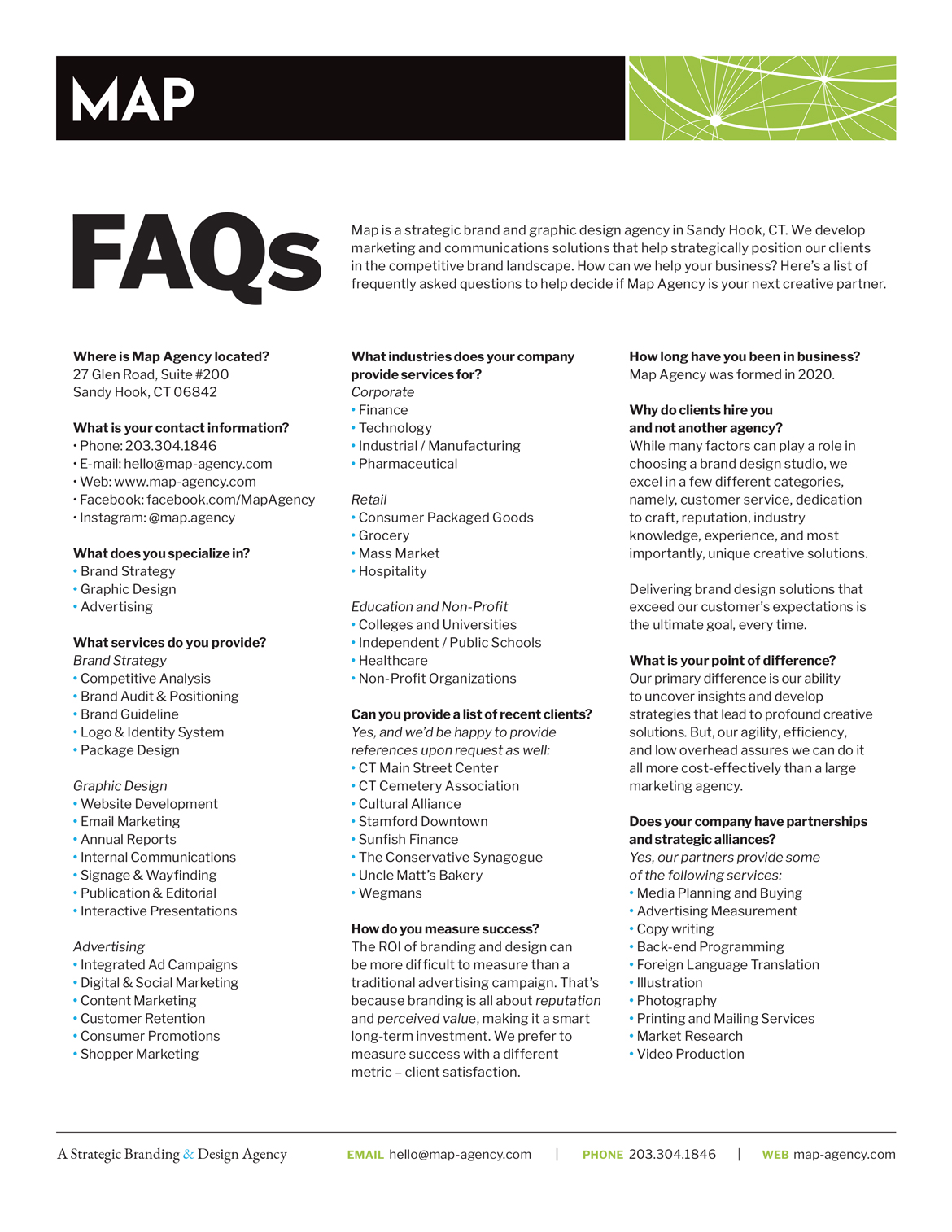When I first read Beatrice Warde’s 1930 lecture on printing, “The Crystal Goblet” (in Helen Armstrongs’ crucial Graphic Design Theory: Readings from the Field, 2009), I thought, fuck that shit.
Mind you, I was just a few years removed from design education at Syracuse, a concept school with heavy Swiss influences. My heroes at the time were the antithesis of my schooling — Stefan Sagmeister, David Carson, and Art Chantry. All designers who used expressive typography (albeit in extremely different ways) to communicate powerful messages on an emotional level. Their work had profound influence in the field, and lead to a personal epiphany: the objective of graphic design in the 21st Century wasn’t to plaster the world with Univers. Plus, they were winning design awards up the wazoo.
Perhaps I’m getting a little ahead of myself.
For context, Warde was a scholar, writer, and historian for typography. In 1930, she was the marketing manager for the British Monotype Corporation. A monumental influence in the design industry, she championed higher printing standards, revival typefaces like Bodoni (hooray!) and new fonts like Gill Sans (woof!). But make no mistake, it was Warde’s vocation to hawk fonts to print shops throughout Europe, and she did that through lectures and essays.
“The Crystal Goblet,” then, was a metaphor used to convince printers and advertising agencies that typography aught to be treated like a crystal clear glass, beautifully constructed, yet transparent. Warde explains, “There is only one thing in the world that is capable of stirring and altering men’s minds to the same extent, and that is the coherent expression of thought.” It’s an easy argument that transparent typography allows for a seamless transferal of message, hence, clearer communication.
She continues, “If you agree with this, you will agree with my one main idea, i.e., that the most important thing about printing is that it conveys thought, ideas, images, from one mind to other minds.” In retrospect, how could 25-year-old me have ever argued with this idea?
With all due respect to Weingart, Greiman, McCoy — any designer with a penchant for typographic fashion, really — Beatrice Warde’s unforgiving lecture aught to be recited in all design classes today, a short Zoom meeting being sufficient. Not because designer’s opinions or preferences don’t matter — in many cases, they most certainly do — but because the underlying lesson is extremely relevant. That is, compelling ideas should be communicated clearly to the intended audience.
Of course, questions remain: whose message deserves clarity, and what content constitutes the intellectual criteria for such important communication? In the words of the late Michael Jackson:
I’m starting with the man in the mirror
I’m asking him to change his ways
And no message could have been any clearer
If you want to make the world a better place
Take a look at yourself, and then make a change
Na-na-na, na-na-na
(No chance this song doesn’t get stuck in your head today.)
In other words, start internally. Check out your social media feeds: Facebook, Instagram, TikTok. Your online portfolio. Have an idea worth sharing? Make it clearer. If you are in the business of communicating messages for brands or other people, this isn’t a novel idea. However, we live in the Golden age of Typography, with literally thousands of more fonts to choose from than Warde’s audience. Selecting an inappropriate typeface has never been easier. Drop some typographic knowledge with your clients on why clean, transparent typography is so important today.
Expressive typography isn’t dying. There are an abundance of designers using type in really interesting and progressive ways. But clean type is timeless. There exists a place in the designer’s toolkit for both. Fair warning: not all designers are created equal. And not every designer possesses the skill set, or the right client, to appropriately fuck with good ideas, and clear communication. And to those, might I suggest occasionally taking a sip from the Crystal Goblet?






